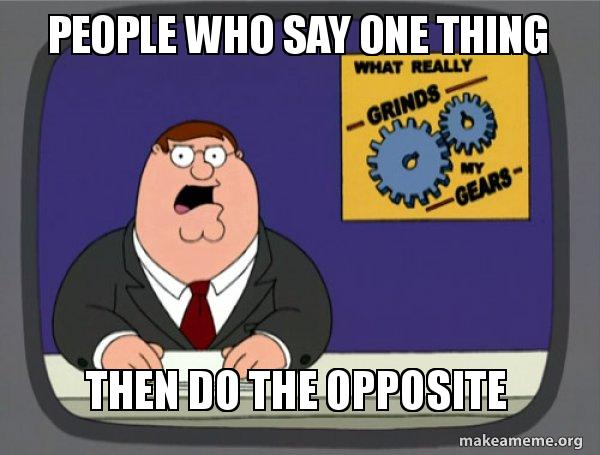
Users often say they would do a certain action when asked in market research, but actually take a completely different action in the real-life scenario.
This is why it’s no secret that I’m a big fan of observable behavioural data.
So why is it that we, as product people, still (me included) fall into the trap of charging forward with market research or failing to change course based on information that can be a trap?
Part of the reason why I’ve put too much weight on market research in the past is that I didn’t have enough experience or examples to draw on, where what a person said wasn’t how they actually behave.
So, I’ve compiled a short list of three high profile examples where user research has told a company one thing but then user behaviour has said another.
#1 Nokia steers clear of touchscreens, Apple dominates
Nokia was the dominant force in mobile phones, commanding a 50.9% market share at their peak in 2007. However, they ultimately missed the importance of touchscreens and the software experience on mobiles. Apple saw it, the rest is history.
It wasn’t like Nokia wasn’t innovating or studying their customers.
Nokia invested heavily in R&D, investing USD $40bn in the decade up to 2012 and creating patents valued at over USD $6bn. They even invented touch screens 7 years before Apple released the first iPhone. From the Wall Street Journal:
More than seven years before Apple rolled out the iPhone, the Nokia team showed a phone with a colour touch screen set above a single button. The device was shown locating a restaurant, playing a racing game and ordering lipstick. In the late 1990s, Nokia secretly developed another alluring product: a tablet computer with a wireless connection and touch screen-all features today of the hot-selling Apple iPad.
Nokia also invested heavily in understanding their customers. Nokia created four quadrants and 11 personas to help them in developing products and taking them to market. They continually iterated on their understanding of the customer.
Despite all of this innovation and customer research they held the view that their customers didn’t want touch screens. They didn’t take them to market until after Apple proved that this was what users wanted.
The results from a survey published, but now deleted from the Nokia blog shows what they were hearing from people when doing market research after the iPhone was in market:
(Request: I know there is more data available on the market research they conducted prior to the release of the iPhone but this is all I could find. If you have a link, please share).
This a concrete example of people saying one thing but doing another.
In hindsight, you could look past what was actually being asked in the survey to what people really want, it might be to connect to people, or status. They don’t really know or care if it’s QWERTY, touchscreen, telepathy, something else.
I realise there is more to Nokia’s downfall than just this. I’m not attempting to comprehensively explain, just provide an example of how market research differs from actual behaviour.
#2 Facebook, Google and Privacy
People are uncomfortable with how the likes of Google and Facebook track them.
Yet most people continue to use Facebook, search using Google, and have Google’s Chrome installed.
A study conducted by Pew Research found that
91% of Americans “agree” or “strongly agree” that people have lost control over how personal information is collected and used by all kinds of entities. Some 80% of social media users said they were concerned about advertisers and businesses accessing the data they share on social media platforms, and 64% said the government should do more to regulate advertisers.
Another market survey published in Fast Company, shows almost 60% of people say are “not entirely comfortable with how Facebook tracks” them, yet most people continue to use it.
Yet people continue to use Facebook and Google. Despite many alternatives, like Firefox, DuckDuckGo and others being available.
Customer behaviour here, on the surface, seems to contradict what people say. Dig a bit deeper and you can hypothesise that user behaviour is showing that users care more about something else – like ease of use or ease of communication – over privacy.
Again, the main point of this example is to help you be more careful when interpreting what people say.